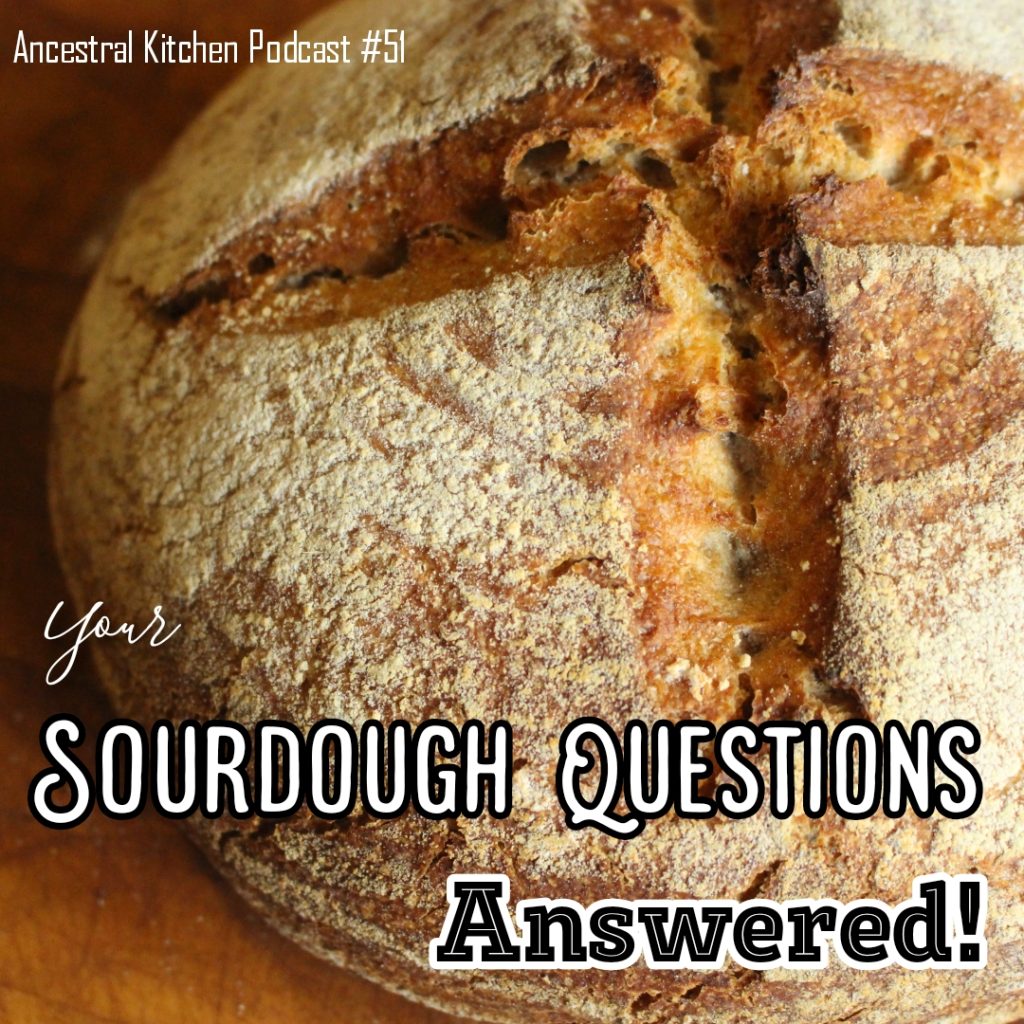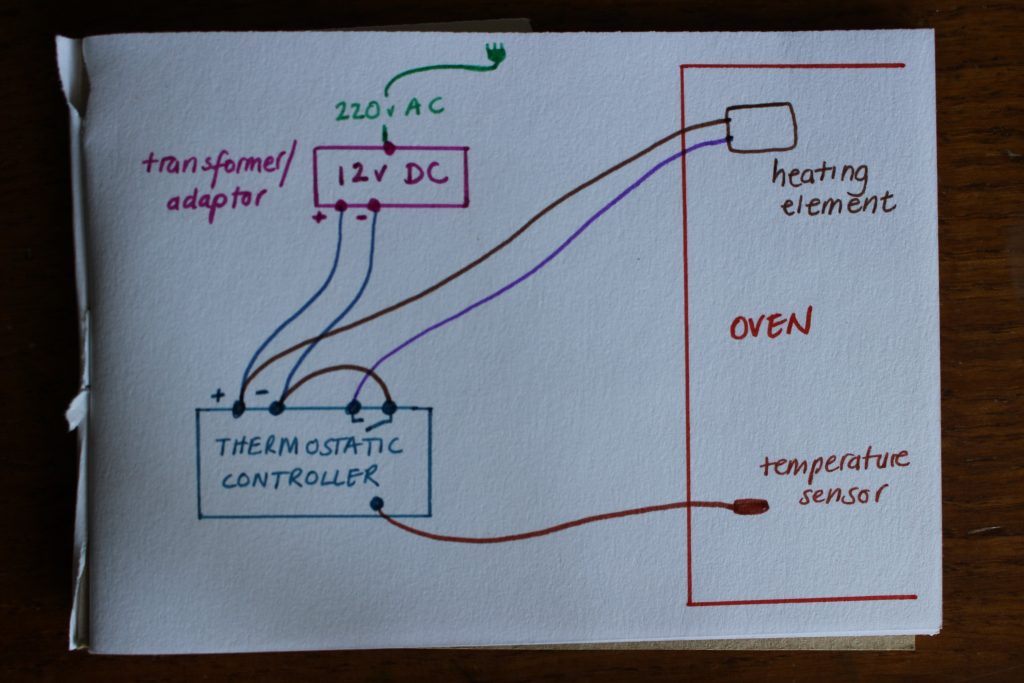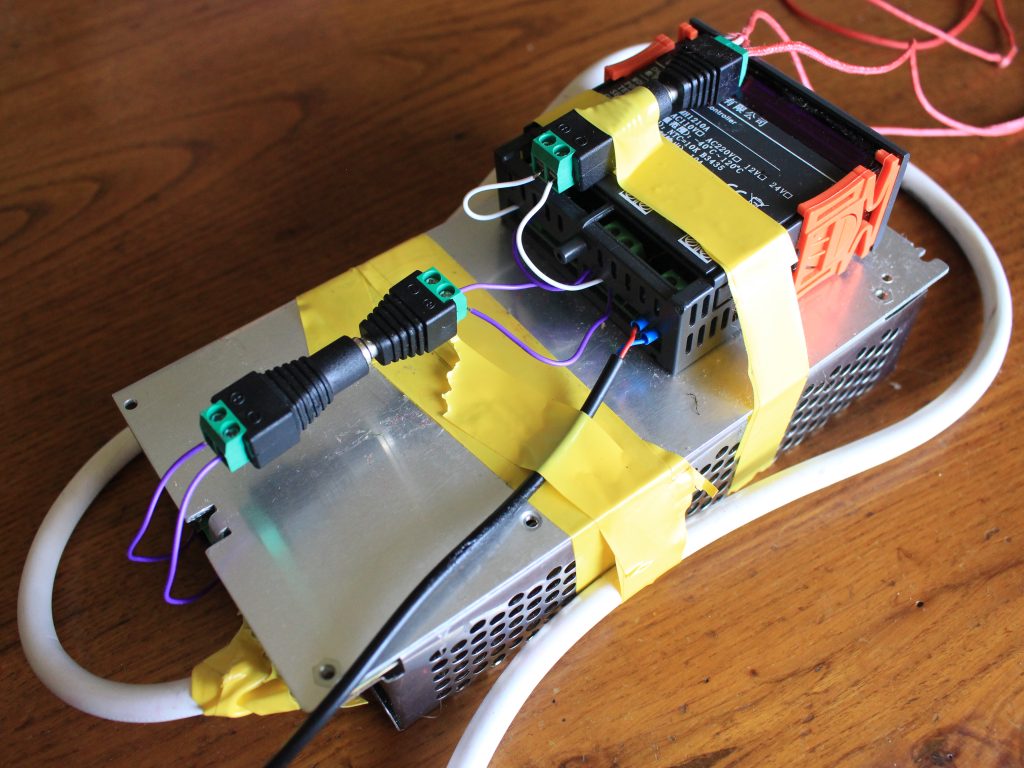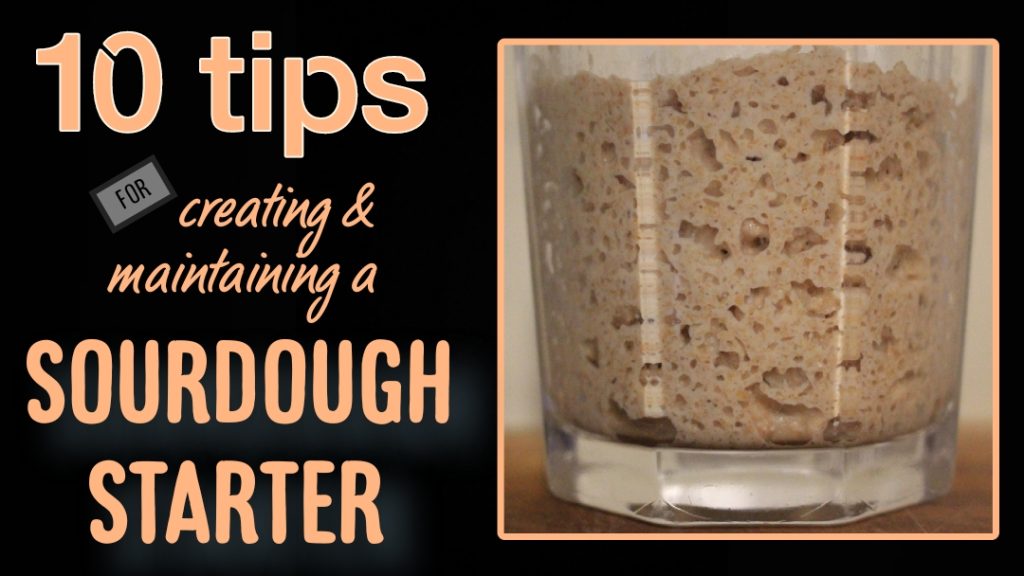Sourdough Pancakes
Sourdough pancakes are simple, delicious and can be made and enjoyed in so many ways. You can eat them sweet and crispy for a continental style breakfast. You can cook them soft, fill them with beans and roll them up. … Read More
Sourdough pancakes are simple, delicious and can be made and enjoyed in so many ways. You can eat them sweet and crispy for a continental style breakfast. You can cook them soft, fill them with beans and roll them up. … Read More
This is by far my favourite rye bread. It’s dense, but not too dense. It’s cakey in a really good way. Its flavour is rich and deep, made a touch sweeter by the addition of a little molasses. And some … Read More
It’s time to cook up some pizza! And not just any pizza… Sourdough Wholegrain Spelt Pizza: One that is not only incredibly tasty, but gives you all of the ancient grain’s nutrients and is good for your tummy. That’s gotta … Read More
Toad-in-the-Hole is an English dish that combines the gloriousness that is sausages with the deliciousness of a crispy, bready surrounding. It is filling and comforting. I love it. Traditionally, it is made with a white flour batter. Being a Toad-in-the-Hole … Read More
Borodinsky sourdough rye. It’s been a year since I made one of these and I don’t want to go back to ‘normal’ sourdough rye now, despite the fact that this bread needs me more during the fermentation.
.
It’s flavour, which gets better from days 2 and 3, is deep, fragrant and rich – from the molasses I added, plus the malt grain and caraway seed mix that I toasted and included. It’s soft and cakey – from the scald (flour mixed with boiling water) that makes up a large part of it.
.
I prep the starter and the scald the evening before and then mix them together in the morning. Half way through the day I add the remaining flour and molasses. A couple of hours later it’s ready to shape and then it’s baked before tea.
.
Thanks to @theryebaker for the formula. It’s a beautiful homage to this wonderful grain.
I love bread. So when I heard the statistic that over 40% of the bread sold in the UK is thrown away, my reaction was visceral: “What?! That’s crazy!” In my adopted home, Italy, there are many, many recipes based … Read More
Very often the thing that stumps us as home sourdough bakers, in our quest to make brilliant bread, is our ambient temperature. The bacteria harnessed in sourdough breads and starters work well at warm temperatures and if we keep our living space cool, we”ll often struggle.
I have previously written an article How To Keep Your Sourdough Starter Warm which gives lots of ideas as to how to cosset a starter. Sometimes, despite trying all the easier methods (like an airing cupboard or a warm water bath) you aren’t able to get the results you need. This is where a proofing box can be heaven-sent. As well as giving you stable warmth to make creating a starter easier, it can also help you be in charge of your baking schedule – making sure you don’t have to get up at 3am because your dough is ready for the oven!
You can buy professional proofing boxes, but they are expensive and take up extra room in your kitchen. It is relatively easy to make your own, DIY, proofing box.
The simplest, non-thermostat, type is described in my earlier article linked above. They are of some help, but I have found a temperature-controlled set-up to be far more useful. And it’s not difficult, once you understand the electronics. I am a home-cook, and know next-to-nothing about electronics, but I’ve managed to get a grip on the ‘how’. I will describe it here in the simplest non-electrician language that I can. Please accept my apologies if you know what I’m talking about already. Please linger if you don’t – it’ll be worth it!
Here’s how to make a DIY proofing box with temperature control, to help you with achieving and maintaining a desired temperature whilst you are creating a sourdough starter or proofing sourdough bread dough.
The bits you’ll need:
Considerations/Options for the above:
Small insulated space
Options for this include a polystyrene box, or something along these lines constructed with foam packaging, a microwave (please be careful – these are not safe to dismantle), a toaster oven or even a standard oven. It need not still be working, but it does need to shut reasonably well.
AC/DC transformer
The AC/DC transformer you choose must convert to the DC appropriate to the thermostat and heating element you have chosen. Generally speaking in Europe this is going to mean 220 Volts AC to 12 Volts DC.
Heating element
This needs to be an appropriate output for the insulated space you want to heat. A 40 or 50-Watt heating element will be good for an average size microwave-sized space during northern-hemisphere spring and autumn temperatures. Increase the size of the space, or lower your ambient temperature and you’ll probably need a more powerful element.
Thermostatic controller
This is an LCD display showing the temperature inside your proofing box and allowing you to set it to what you desire. The controller then switches the heating element on and off automatically in order to maintain that temperature. The best way to explain how to choose a thermostatic controller is by showing an example of the components we used.
An example of the components we used:
Our heating element’s power rating is 48 Watts and it runs on a 12 Volt power supply. Our thermostatic controller runs on a 12 Volt power supply and can work using a current of up to 10 Amps. Also our transformer can supply up to 10 Amps at 12 Volts.
The formula:
Here it is in plain English so you can just match the numbers up and do the sums.
Power (Watts) = Current (Amps) * Potential (Volts)
For our heating element:
Potential (Volts) = 12 Volts
Power (Watts) = 48 Watts
Therefore, substituting the values we have into the equation:
48 = Current (Amps) * 12
Current (Amps) = 48 / 12 = 4 Amps
Since our thermostatic controller can handle up to 10 Amps we are safe! And our transformer can supply up to 10 Amps also so that’s sufficient. These are the figures you’ll need to look at on the component specifications – then insert them into the equation above.

So what should I do?
Here’s a diagram of the circuit:

Here’s what our set up looks like:

Here are the parts we used, from Amazon – the products may not be available from the same sellers in your part of the world (or may not be available any more in these listings), but you can use the specifications here to familiarise yourself with what you need.
Heating element
Temperature controller
Power supply
Power connectors
https://www.amazon.co.uk/WOWLED-Connector-Terminal-Male-Adapter-Security/dp/B019RHFUJ2
Cabling
https://www.amazon.co.uk/Black-1mm-16Amp-Automotive-Marine/dp/B01819HUOA
Two quick addendums from years of use:
1/ The power supply has two sets of outputs and we’re currently using a large oven as our proofing space! Therefore in winter I have set one of the power supply outputs permanently to power a 50W heater and the other to power the thermostatic controller which powers another heater. The first heater (on all the time) can usually keep the oven in the low 20s degrees C while the second tops it up to whatever we set it to (ie 25C or 28C).
2/ Heat-shrinkable plastic tubes are available – they protect the joins between cables and components much better than electrical tape does. Here’s a photo of these being used on our set up:

Want some help with your sourdough starter? Check out my $5 course at The Fermentation School 10 Tips for Creating and Maintaining a Sourdough Starter!

Very often the thing that stumps us as home sourdough bakers, in our quest to make brilliant bread, is our ambient temperature. The bacteria harnessed in sourdough breads and starters work well at warm temperatures and if we keep our … Read More
There are a lot of articles out there telling you how to create a sourdough starter. Despite this, as a sourdough baker, the most questions I get asked are about sourdough starters. I’ve birthed a lot of starters over my … Read More
There is a lot of equipment out there aimed at the at-home sourdough baker. In my experience, most of it is non-essential and will just fill up your cupboards. There are however, a few things that really will help you … Read More
It’s not easy creating a sourdough starter. In fact, I think it’s the hardest thing about baking sourdough bread. Especially if it’s your first time. Sometimes, you follow the instructions meticulously, yet it doesn’t work. In my experience, this is … Read More
No products in the cart.